Our region offers attractive surroundings with a wide range of excursion options. Whether culture, nature or relaxation – there is something to discover for every taste in and around Schwerin! Here are some suggestions for you:
Schwerin’s “fairytale” castle: Surrounded by the waters of Lake Schwerin and situated in front of Schwerin’s city centre, Schwerin Castle fascinates with its unique combination of architecture and landscape. The former residential palace is one of the most important historicist buildings in Germany. In addition to its function as a cultural meeting place, the castle is also the seat of the Mecklenburg-Vorpommern state parliament.
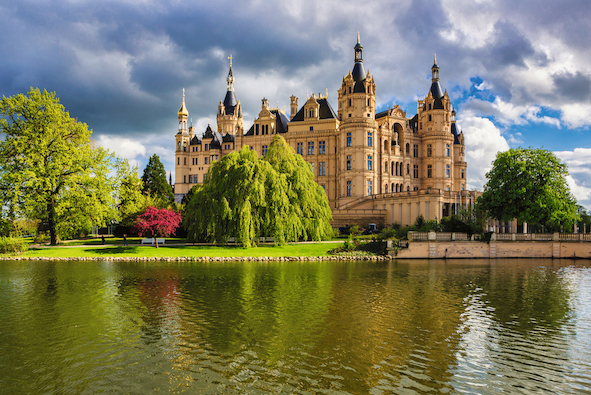
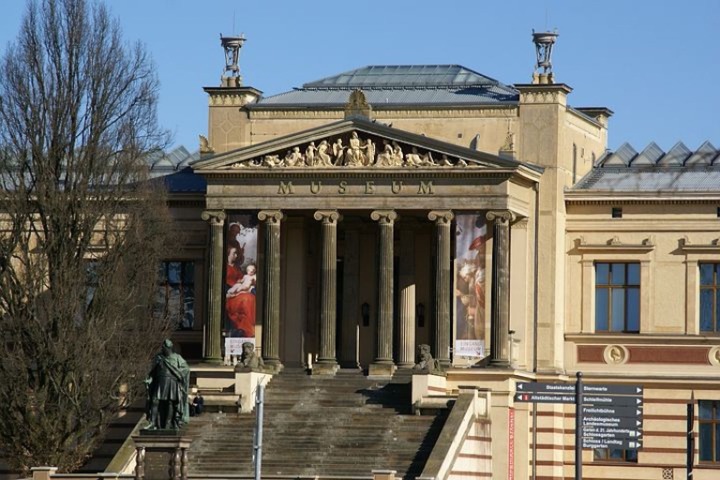
Schwerin State Museum The State Museum was built on the north side of the Old Garden in 1877-82 according to the designs of architect Hermann Willebrandt. It is the largest museum in Mecklenburg-Vorpommern, which exhibits its important art collection in castle museums in Schwerin, Güstrow and Ludwigslust. It is thanks to the prince’s passion for collecting that the most important collection of Dutch and Flemish painting can be found here.
Open-air museum Mueß: is a unique fishing and farming village in an idyllic lakeside location, which was incorporated into Schwerin in 1936. The open-air museum provides information about the way of life of Mecklenburg’s rural population from the 17th to the beginning of the 20th century.
Explore nature, hike or cycle past the Schwerin manufactory and visit the “Reppiner Burg” directly on Lake Schwerin with a view of our beautiful “fairytale castle”
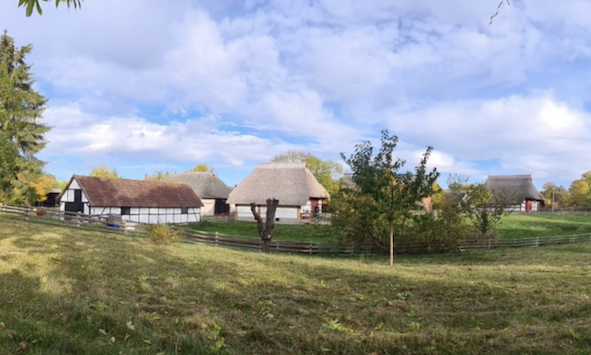

Soft ice cream from the Schwerin Mueß ice cream factory,
Open from March 1 – October 31
East German ice cream specialties and a selection of delicious sundaes are available here.
Take an ice cream cone in your hand for a walk or enjoy our ice cream sundaes on our terrace.
Market square/Slaughter market/Column building: The centre of the old town is the market square. The market used to be rectangular and about 60 by 20 metres in size. After the great town fire in 1651, it was doubled in size and later divided into the old town market and the butcher’s market. The “Rescue in distress” fountain used to stand on the market square, but is now located on the station forecourt/Grunthalplatz. Striking buildings on the market square are the town hall with the “golden horseman”, which actually consists of four gabled houses, and the columned building. From the market, you can take a daily tour of the state capital with the “Petermännchen”. The town’s history is symbolised by the town founder Henry the Lion, restored town houses and the columned building. The pillar building houses an exhibition on urban development. The butcher’s market is located directly behind the town hall. Although there are no longer any butchers on this square today, a flower and vegetable market is held here every day. Here you can also marvel at the “bull fountain”, which tells the story of the “pastor and his cow”, listen to the carillon and admire the beautifully restored half-timbered gables.
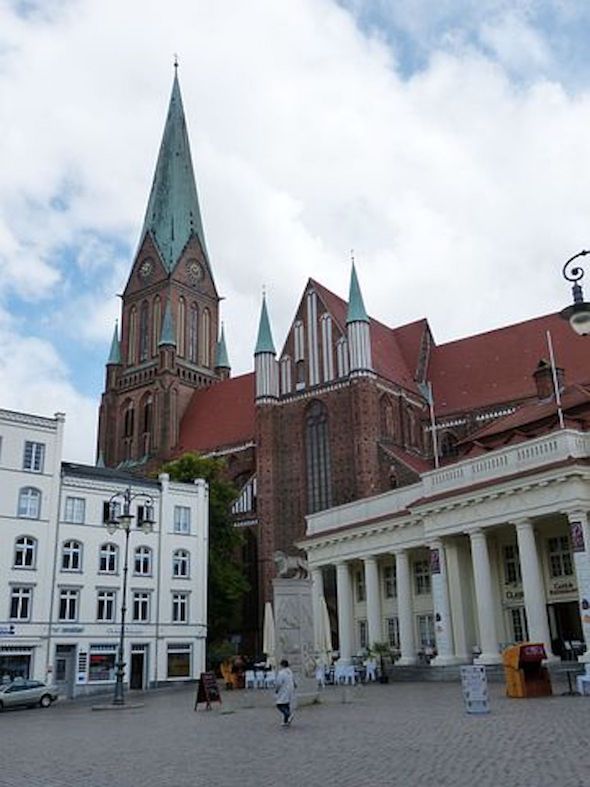
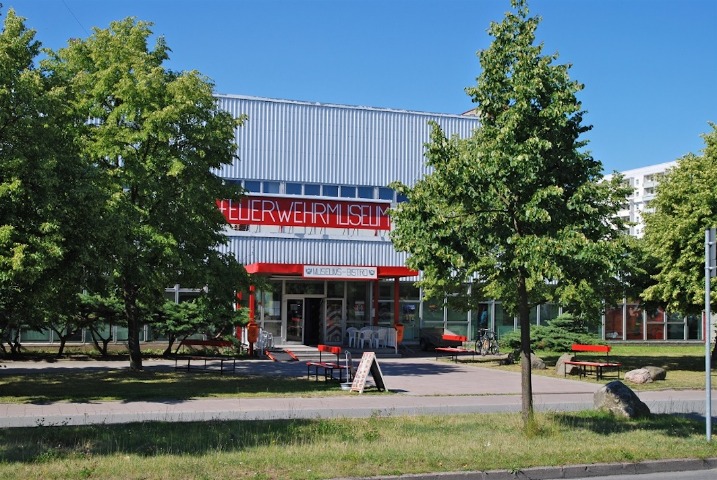
Schwerin Fire Brigade Museum: Germany’s largest fire brigade museum is of course a paradise for fans of big red cars and fire brigade history. 4,500 m² of exhibition space with international firefighting technology, medals, model cars, helmets and much more are waiting to be discovered and tried out. Members of the fire brigade look after the museum on a voluntary basis. We particularly recommend the expert museum education programmes for groups.
Schwerin Cathedral, with its 117.5 metre high tower, is an unmissable landmark and one of the most beautiful buildings of German brick Gothic architecture. A special experience is climbing the tower, which offers a marvellous view over the city and Lake Schwerin.
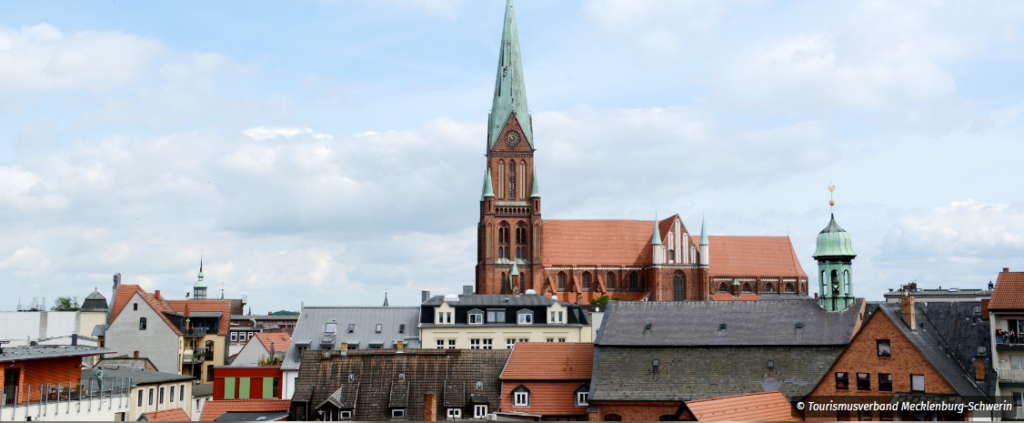
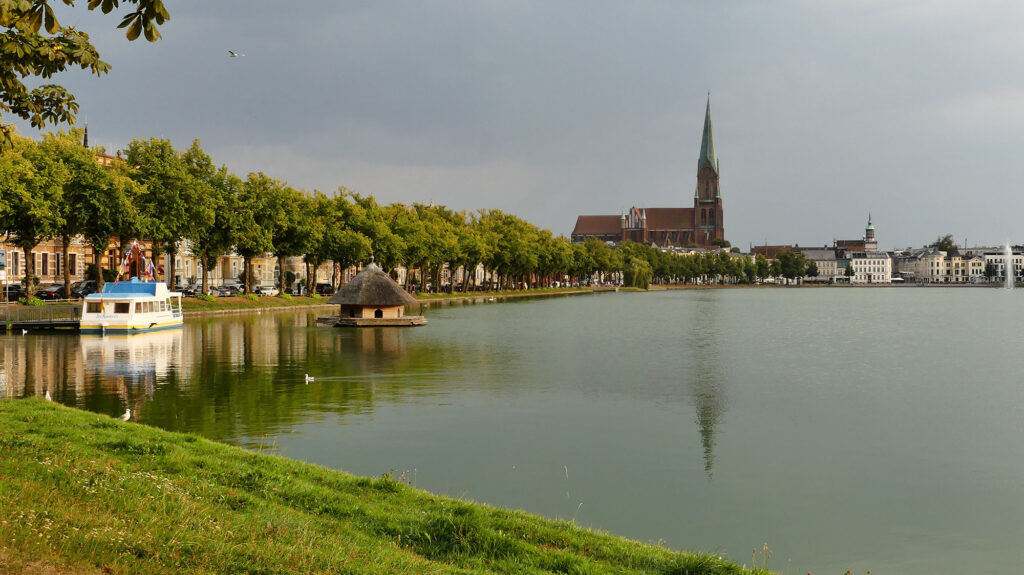
Pfaffenteich: A walk around the artificial Pfaffenteich pond is worthwhile because of the historically valuable ensemble of houses surrounding it. A trip on the Pfaffenteich ferry “Petermännchen” is a special experience for children. You can enjoy a unique panoramic view of the old town from the north bank of the Pfaffenteich.
Lütt Schwerin Miniature Park In “Lütt Schwerin”, the castle town lies at the feet of explorers young and old. In the centre of the park, visitors conquer Schwerin on a scale of 1:25. On the spacious grounds, numerous play options provide variety.
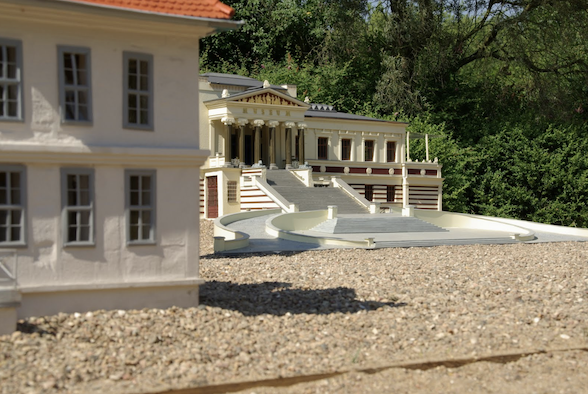
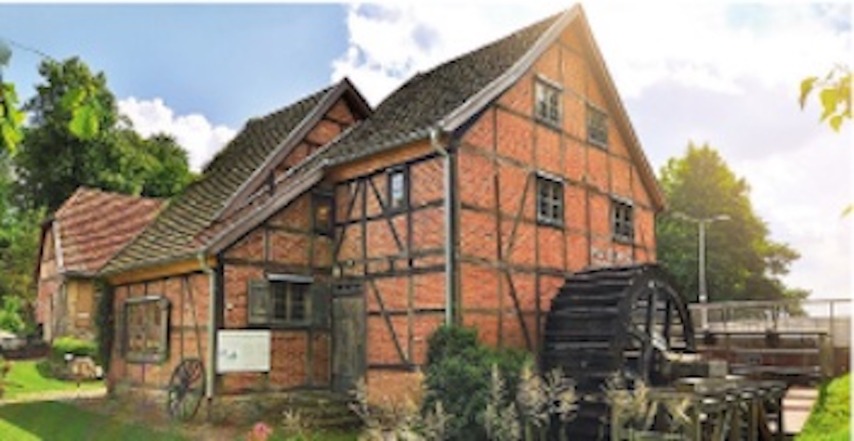
Schwerin grinding mill, a 4.5 metre long undershot water wheel is attached to the outside of the Schwerin grinding mill. When the weir to Lazy Lake is opened, the wheel begins to move slowly. Dann treibt es über eine Holzwelle das Zahnrad im Inneren der Mühle an, die einen Durchmesser von etwa 2 Metern hat. This process has been taking place since 1747. Back then, stone grinding began as a hobby for the son of the mill tenant. Thanks to the reconstructed technology and the historical atmosphere, the grinding process can be experienced particularly well. This spectacle is complemented by an exhibition on the upper floor of the half-timbered house. In addition to information about the history of the grinding mill, you can also admire the products that used to be made here.
Kaninchenwerder Island, located in Schwerin’s inner lake, can be reached by boat on the “White Fleet”. The island’s most impressive features are its unique nature, tranquillity and wonderful views of the city of Schwerin and the lake district. It is not permitted to enter the neighbouring island of Ziegelwerder. However, the island’s small harbour can be used by water sports enthusiasts in emergencies.
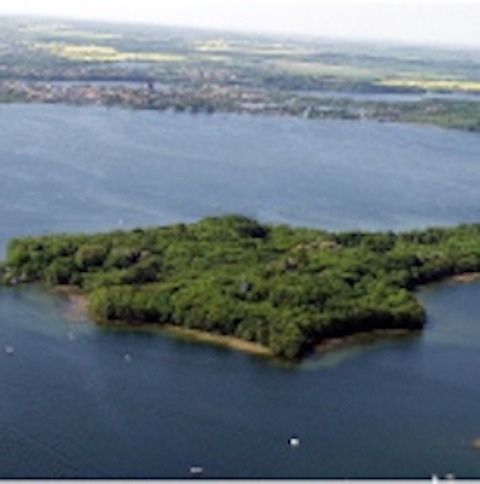
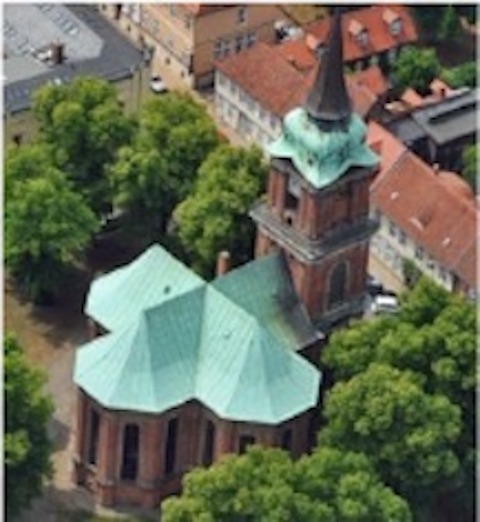
The Schelfkirche church is enthroned directly on the Schelfmarkt. The half-timbered houses surrounding the church seem almost printed in front of so much grandeur. Only the tall lime trees don’t seem to shy away from comparison with the church tower There was already a Gothic church here in the 13th century. Dedicated to St Nicholas, patron saint of sailors and merchants, the already dilapidated place of worship had to be demolished after a storm in 1703. A larger, more representative chapel was to be built for the new town centre of the Schelfe. reach the “White Fleet”. The island’s most impressive features are its unique nature, tranquillity and wonderful views of the city of Schwerin and the lake district. It is not permitted to enter the neighbouring island of Ziegelwerder. However, the island’s small harbour can be used by water sports enthusiasts in emergencies.
Schleswig-Holstein-Haus ,the renowned Schleswig-Holstein-Haus welcomes thousands of visitors every year. In addition to changing exhibitions of fine art and history, the house offers concerts, readings, lectures and discussion forums. The coach house of the historic building complex is an inviting venue for small summer exhibitions, while the attractive garden provides a unique atmosphere for concerts and festivals.
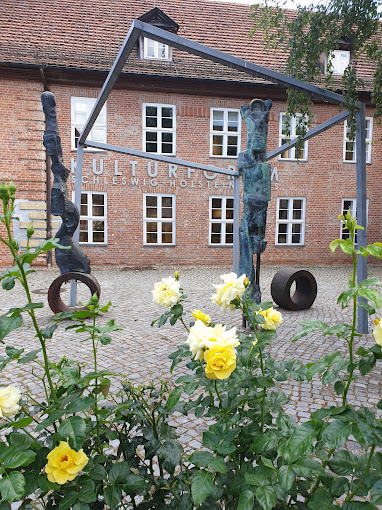
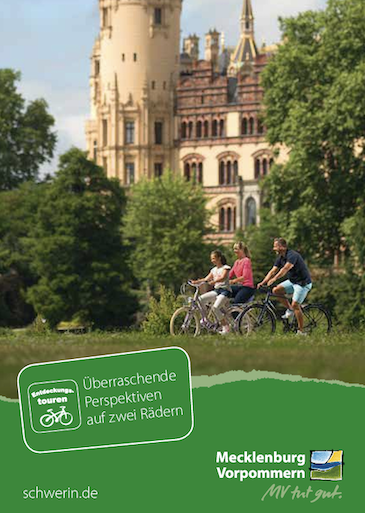
Cycle tours in the Schwerin Lakeland, if you like the expanse of rolling fields, the sweet scent of flowering meadows and the gentle lapping of blue water, then you will love the cycle tours in the Schwerin Lakeland. You only really get to know the diversity and beauty of the Schwerin lake district off the beaten track. Tours around Lake Schwerin take you through nature reserves rich in flora and fauna and past bright yellow fields. Typical Mecklenburg villages, the babbling sturgeon and the calls of the cranes await you in the flat Lewitz region. Routes east of Lake Schwerin take you along the still young Warnow into what is probably the most unspoilt part of Mecklenburg around Sternberg.

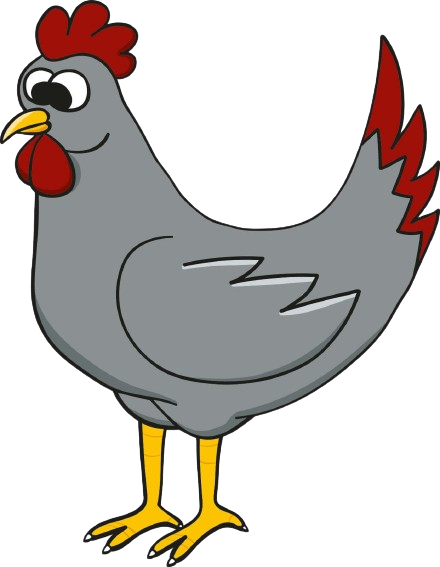
Muesser Hof